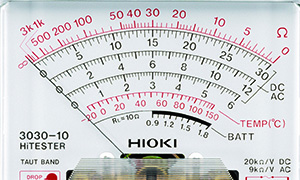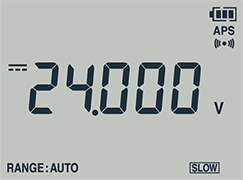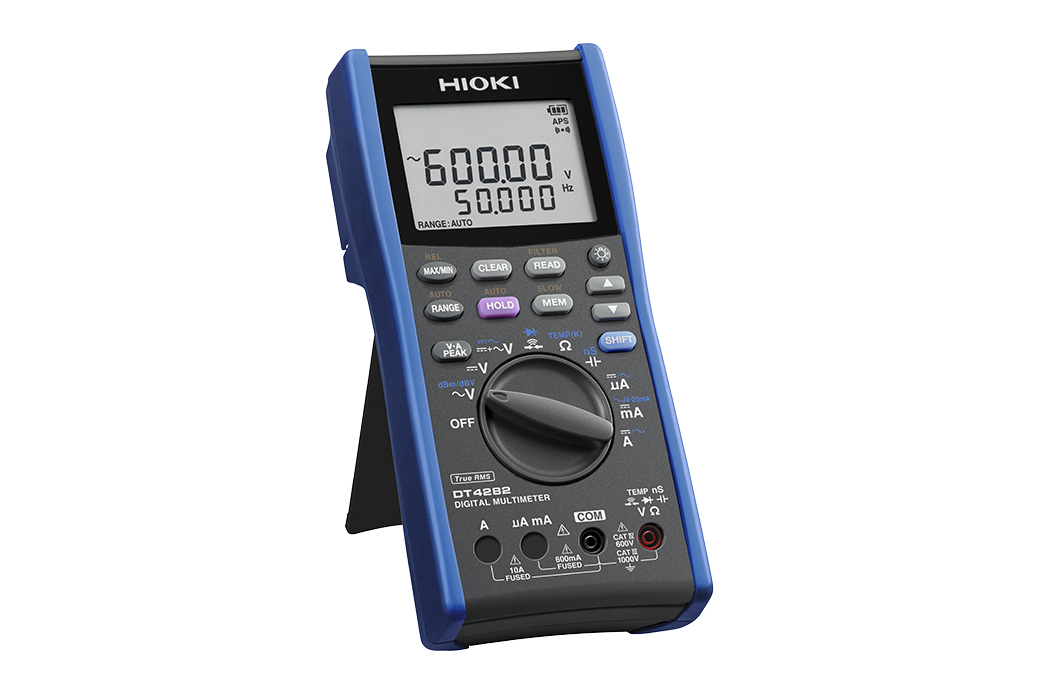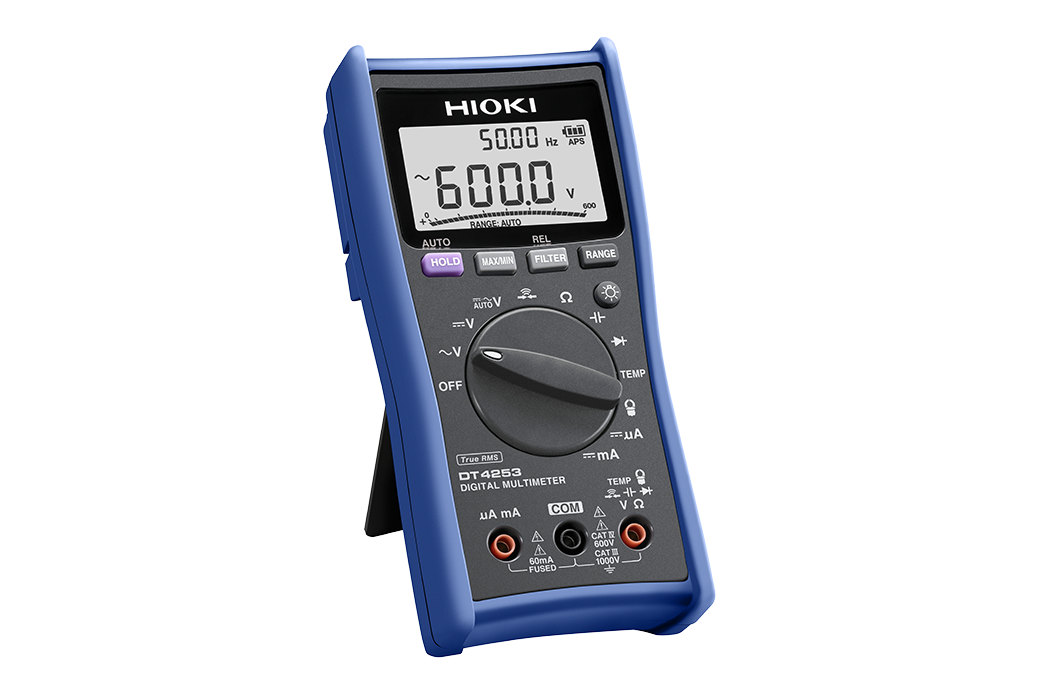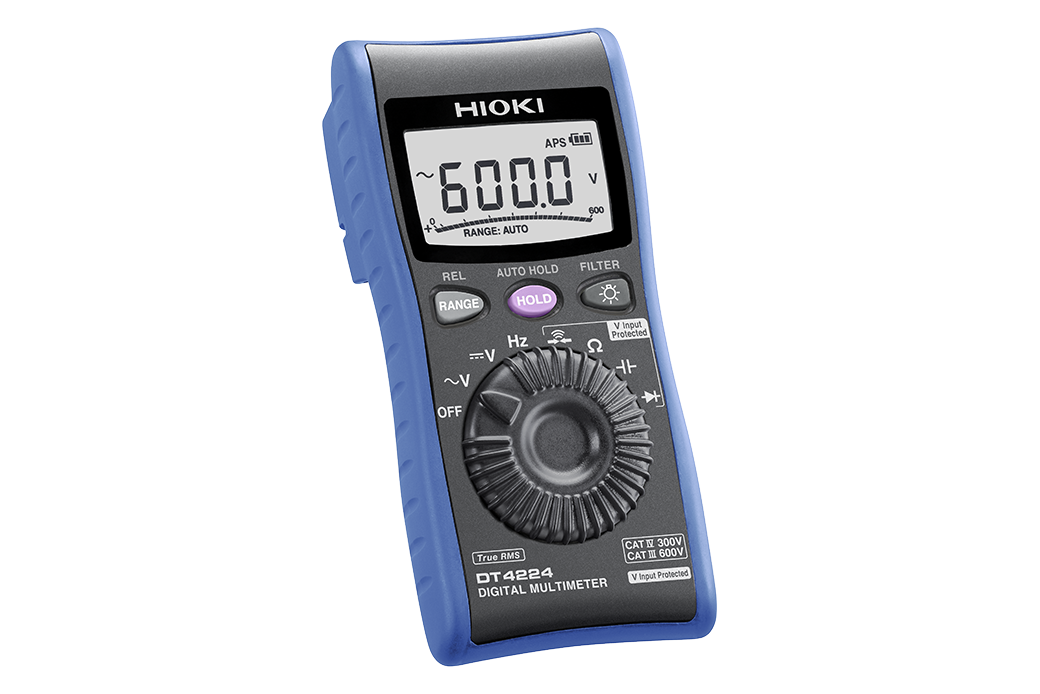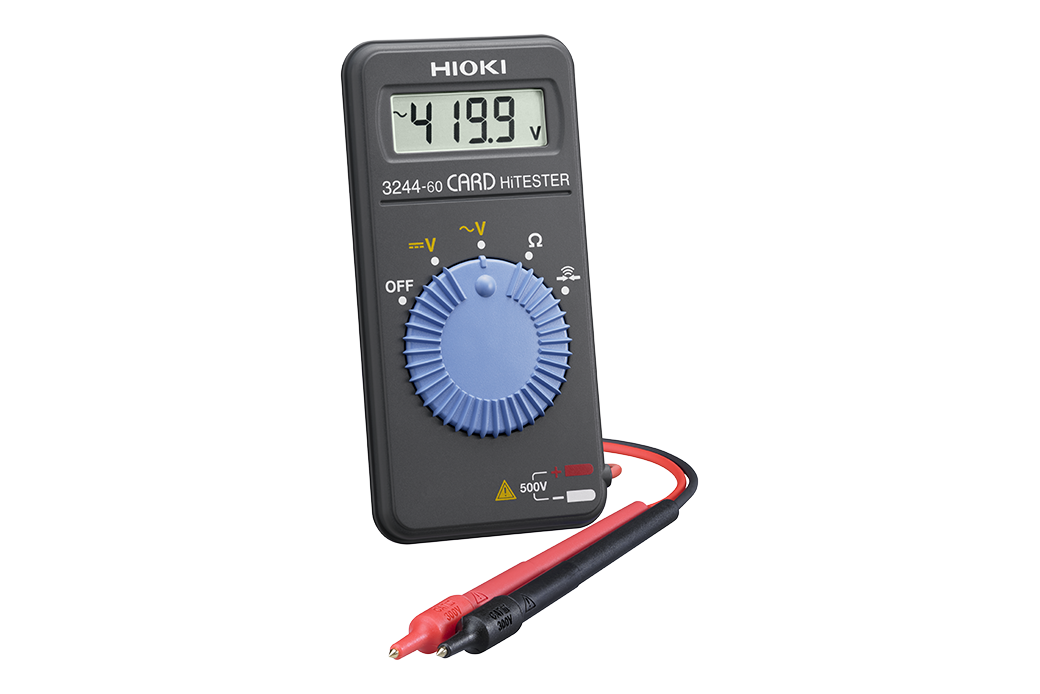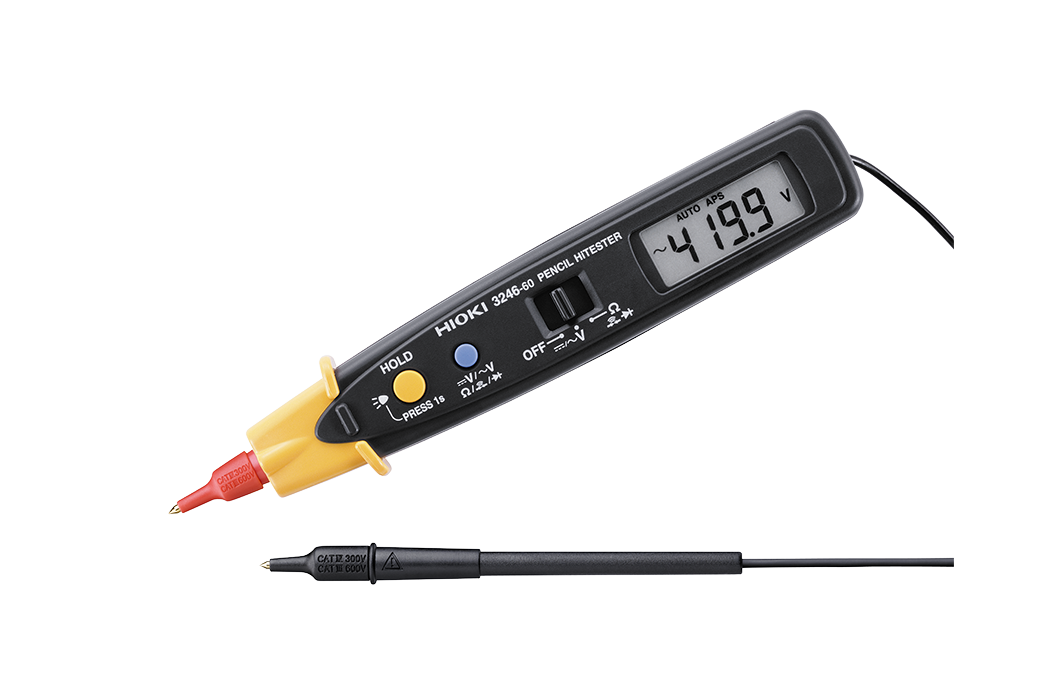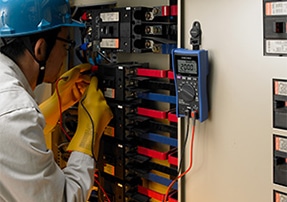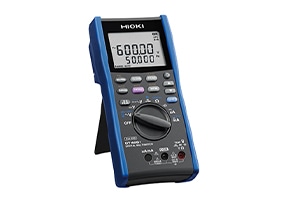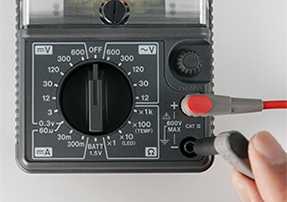How to Use a Digital Multimeter
How to Use a Digital Multimeter. Review of advantages and disadvantages
Overview
Electronic devices are powered by electricity. However, since electricity is invisible, it’s necessary to use measuring instruments like digital multimeters in order to check safety and quality or investigate the causes of problems.
Digital multimeters can create an impression of being difficult to use due to their many buttons and terminals. In fact, they’re surprisingly simple to use. This page explains the characteristics of digital multimeters, outlines how they differ from analog testers, and introduces how they are used.
What is a digital multimeter?
A digital multimeter is a measuring instrument that can measure multiple quantities such as voltage, resistance, current, capacitance, and electrical continuity. Many of the conveniences we rely upon in modern life are controlled by electronic devices. With the advent of smartphones, such devices have truly become ubiquitous in everyday life.
Due to the extremely high precision of electronic devices and the fact that electricity is invisible, it's impossible to determine whether a given device is exhibiting an electrical anomaly by means of a visual inspection in circumstances such as the following:
- When an electronic device is malfunctioning
- When you wish to check the safety or quality of a manufactured electronic device
However, digital multimeters can be used in such situations to check the status of electronic devices from a variety of perspectives. Moreover, digital multimeters are used not only by experts, but also in a wide range of settings, for example by consumers and even by children building electronic kits. Once you're able to use these instruments properly, you’ll find such projects become even more enjoyable.
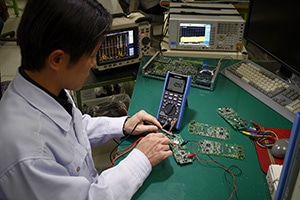
How do digital multimeters differ from analog testers
An enormous variety of digital multimeters have become available in recent years, but previously analog testers were the most common instruments used in this type of application. Whereas digital multimeters display measured values digitally, analog testers measure values using needle deflection and a series of graduations.
Digital multimeters can perform tests that analog testers cannot, and they make it possible for users to read values accurately. By contrast, analog testers have the advantage of allowing changes in measured values to be read from needle deflections. In this way, digital and analog testers both have advantages and disadvantages, so it's important to choose an instrument based on your specific needs.
If you find that both digital and analog instruments provide the functionality you require, it becomes a matter of personal preference.
Advantages and disadvantages of digital multimeters
This section offers a simple introduction to the advantages and disadvantages of digital multimeters.
Advantages
- Measured values can be read directly and accurately.
- Digital multimeters have high input impedance, which translates into low instrument loss. Digital calculations are performed internally, and many models provide advanced functionality that allows them to display other values (capacitance, frequency, peak values, etc.).
- Some models can connect and transfer data to a computer.
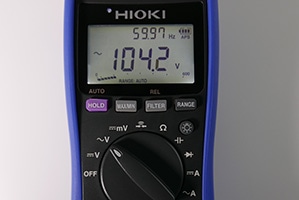 ACV and frequency
ACV and frequency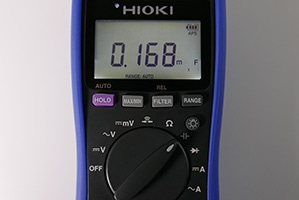 Capacitance
Capacitance
Disadvantages
- Digital values sometimes fluctuate rapidly until the reading stabilizes, making them more difficult to read.
- It may take longer for values to “settle” in some applications, slowing work.
- Digital multimeters are more susceptible to external noise.
In addition to the unique accuracy that their digital circuitry provides, digital multimeters can perform advanced calculations that lie outside the capabilities of analog testers. Functionality for boosting work efficiency, for example by transferring data, is another aspect of digital instruments’ appeal. However, measurement of some measurement targets can take longer than with an analog tester due to the time required for measured values to stabilize.
How to use a digital multimeter
This section offers a simple introduction to how digital multimeters are used.
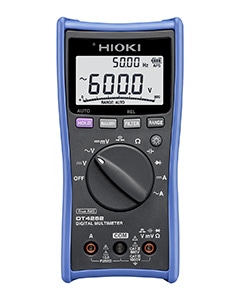 Digital multimeter
Digital multimeter
1.Turn on the instrument.
The first step is to press the power button to turn on the instrument. Digital multimeters operate on battery or AC power, so if the instrument doesn’t turn on, you’ll want to either replace the battery or check the power supply.
2.Select a mode and range.
Select the parameter you wish to measure and the range using the instrument's rotary knob or switches. Some multimeter models can switch to the appropriate range automatically, eliminating the need to choose one yourself. If you need to switch the range manually, you can identify the most appropriate range by starting with the highest range and repeatedly making measurements as you switch to progressively lower ranges.
Some digital multimeters have a mode in which they can automatically detect AC and DC voltages.
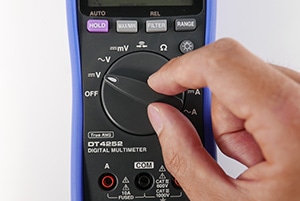 Rotary knob
Rotary knob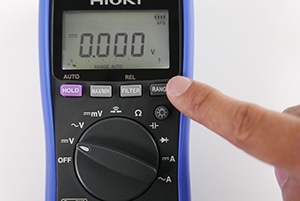 Range
Range
3.Affix the test leads.
Connect the leads or clips to the digital multimeter’s terminals and start making measurements. Exercise care as the jack for the red lead varies depending on whether you’re measuring current, voltage, resistance, or another parameter. You can make more accurate measurements by performing zero adjustment first.
Note that you’ll need a more specialized instrument if you wish to measure low resistance values, insulation resistance, grounding resistance, or impedance.
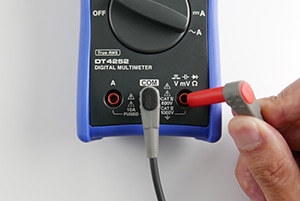 Digital multimeter’s terminals
Digital multimeter’s terminals
Getting the most out of your digital multimeter
Digital multimeters have become essential tools for checking safety, quality, and malfunctions in our contemporary world, where electronic devices have become ubiquitous. Although digital multimeters have certain disadvantages compared to analog multimeters, they offer advantages in the form of a variety of measurement parameters and advanced functionality such as data connectivity.
Good luck getting the most out of your digital multimeter in a variety of settings, whether you’re using it for work or a hobby.
Short Video
How to Use
- How to use digital multimeters (DMMs) properly and how to choose a safe multimeter
- Using and function of digital multimeters

